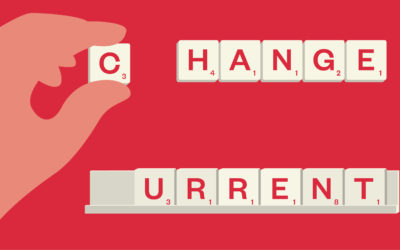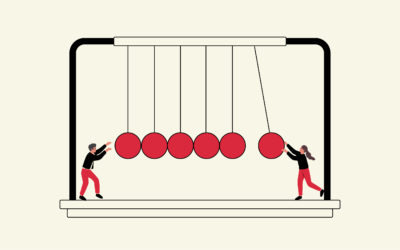We are getting close to Alert Level One.
Hooray. Sort of.
Business is heading back to normal, but it’s a new normal that’s messy. Our workforce is split more than ever. Some employers have divided their teams by grade: seniors in the office, the rest at home. Some by split-shift: half a week here, half a week there. Others are saying ‘you choose’, and yet others who work in factories, hospitals and construction sites, there’s no option but to brave the commute and open spaces.
Those who do work in offices have mixed feelings about returning. A survey by Research First revealed that only one in 10 were ‘most looking forward’ to going back to the work. I guess that might change as time goes on but even if the numbers double, or triple, that’s still a minority.
Then there’s the ongoing realities of life with Covid-19: disruption to business, stress about jobs, anxiety about our future. There are technical questions such as health and safety for at-home workers and the costs of running a home office and managing the workplace return.
As leaders, we need to help our teams navigate the next phase. How can we do that? Let’s look at some basics.
Purpose
One advantage of this disruption is that we no longer do meetings for meetings’ sake. We now ask: do we really need to do this? And what do we want to get out of it? Being purposeful has always been important but this ‘reset’ gives us permission to ask again, ‘why?’.
Doing online well
Thanks to lockdown we’re now all experts at Zoom. That’s excellent. Online meetings can be efficient and are good for transactional decision-making. If well managed, they can be highly democratic too and provide direct access to senior staff.
A good example of successful remote working is Automattic, the company behind WordPress, the website builder. Automattic has been working from employees’ homes since 2005 and now has 450 staff spread over 45 countries. The company works incredibly hard at making sure the ‘spirit’ of the enterprise exists online, not in a physical building. “The worst possible thing when you’re working from home is that you feel you’re not in the loop,” says Toni Schneider, who served as CEO from 2006 to 2014. “We want everyone else who is remote to feel completely equal.”
The key, says Schneider, is transparency and inclusion.
Doing offline well
But there are some things that online is not good for. It’s hard for digital to deliver deeper experiences. You miss the accidental chemistry of bumping into each other. And, personally, I find it hopeless for chin-scratching strategy sessions and longer-term thinking.
This implies rethinking our physical spaces. Perhaps we need to use physical space for peak moments, such as celebrations. Zoom parties are not much fun!
Should our workplaces be places for inspiration, innovation and refreshment? Should we curate beautiful experiences and take a leaf out of the urban design movement, where they are now talking about the Central People District, not Central Business District.
The imperfect blend
One thing’s for sure, there’s no going back to normal. Most organisations will be a blend of remote work and office work, with remote work a much higher proportion than before. Our job as leaders will be to navigate this messy phase, providing assurance and confidence. There will be mistakes and many matters to decide. As all coffee connoisseurs know, there’s no perfect blend.
But whatever mix you decide, ‘plus ça change, plus c’est la même chose’. The determination to listen, to nurture and empower and the ability to align our teams with the higher purpose remains our primary task as leaders.
The messy phase is starting. Leaders are needed more than ever.




0 Comments